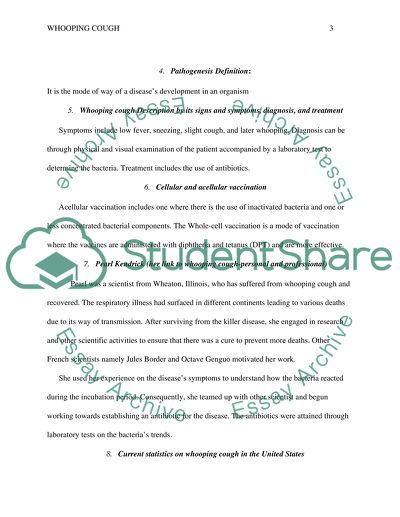Infectious Diseases and the Immune System Assignment. Retrieved from https://studentshare.org/health-sciences-medicine/1697497-infectious-diseases-and-the-immune-system
Infectious Diseases and the Immune System Assignment. https://studentshare.org/health-sciences-medicine/1697497-infectious-diseases-and-the-immune-system.


